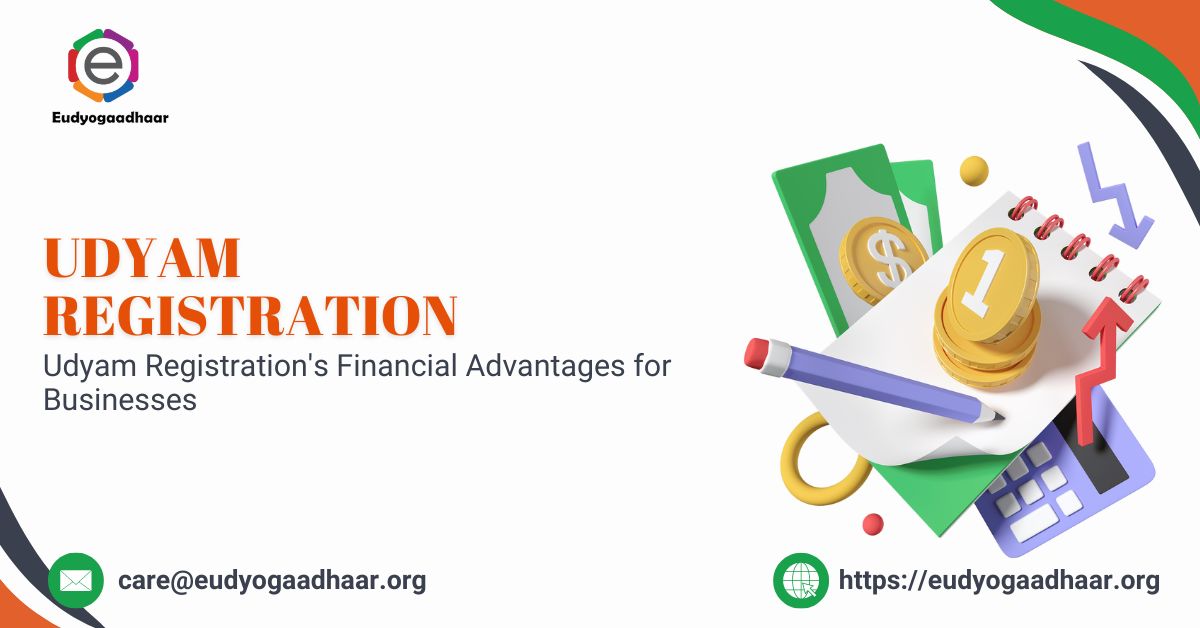
The interest earned on FDs is subject to taxation. Thus, it is important to understand the nuances of Tax Deducted at Source (TDS) on these earnings. Let’s delve into how much tax gets deducted from FDs, the applicable rates, thresholds, and more.
With TDS, the tax is collected at the point of income generation. For FDs, TDS is applicable on the interest income. As per the Income Tax Act, 1961, issuers must deduct TDS if the interest earned exceeds ₹40,000 in a financial year. Meanwhile, this limit has been pushed up to ₹50,000 for senior citizens (aged 60 years and above).
TDS Rates
The TDS rate depends on whether you have provided your Permanent Account Number (PAN) to the issuer:
-
With PAN: The TDS rate is 10% of the interest earned
-
Without PAN: The TDS rate increases to 20%
These rates are stipulated under Section 194A of the Income Tax Act, 1961. Do note, that if your interest earnings do not exceed the specified threshold, TDS is not deducted.
Examples of TDS Calculation
To illustrate how TDS is calculated, consider the following scenarios:
Scenario 1: A Non-senior Citizen with PAN
As someone who is a PAN card holder and under the age of 60 years, let’s assume you made the following investments:
-
FD in Bank A: Interest earned in the financial year: ₹50,000
-
FD in Bank B: Interest earned in the financial year: ₹30,000
In this case, Bank A will deduct TDS since the interest earned exceeds ₹40,000:
-
TDS by Bank A = 10% of ₹50,000 = ₹5,000
Bank B will not deduct TDS as the interest earned is below the set threshold.
Scenario 2: A Non-senior Citizen with Multiple FDs from the Same Issuer
Suppose you wish to make multiple FD investments with the same issuer. How is the TDS computed in this case? Let’s consider the following example:
-
FD 1 in Bank A: Interest earned in the financial year: ₹20,000
-
FD 2 in Bank A: Interest earned in the financial year: ₹20,000
-
FD 3 in Bank A: Interest earned in the financial year: ₹30,000
In this case, Bank A will deduct TDS since the interest earned exceeds ₹40,000:
-
TDS by Bank A = 10% of ₹60,000 = ₹6,000
Scenario 3: A Senior Citizen without PAN
The TDS calculation may differ if you are over 60 years of age and do not have a PAN card. Let’s understand this better with the example below:
-
FD in Bank A: Interest earned in the financial year: ₹60,000
-
FD in Bank B: Interest earned in the financial year: ₹55,000
Here, both Bank A and Bank B will deduct TDS at the higher rate of 20% due to the absence of PAN:
-
TDS by Bank A = 20% of ₹60,000 = ₹12,000
-
TDS by Bank B = 20% of ₹55,000 = ₹11,000
Tax-saving Fixed Deposits
Tax-saving FDs come with tax benefits under Section 80C of the Income Tax Act, 1961. These FDs usually have a set lock-in period of 60 months. The principal amount invested qualifies for a deduction of up to ₹1.5 Lakhs in a financial year. However, the interest earned on tax-saving FDs is subject to TDS, similar to regular FD investments. The thresholds and rates are also the same.
Exemption and Submission of Forms
Form 15G and Form 15H
Those who do not have a taxable income can avoid TDS deduction by submitting Form 15G or Form 15H. The former is for non-senior citizens, while the latter is for those over the age of 60 years. These forms declare that your total income is below the taxable limit. This makes you eligible for TDS exemption.
-
Form 15G: You must be a resident of India and under 60 years of age to fill out this form. The total interest income and other income must be below the basic exemption limit. At present the limit is set at ₹2.5 Lakhs per financial year.
-
Form 15H: This form is for residents aged 60 years and above. The total interest income must be below the basic exemption limit. Currently, the set limit for senior citizens stands at ₹3 Lakhs. This limit is pushed up to ₹5 Lakhs for those over 80 years old.
Impact on Tax Return
The interest earnings are taxed as per your tax bracket. Thus, if you fall under the tax bracket of 20%, then 20% of your FD interest earnings are taxed. While TDS is deducted by the issuer, it may not cover your entire tax liability. On the contrary, if your income is below the taxable limit, you can claim a refund on the TDS paid. As an investor, you must report the total interest income from your FDs while filing your ITR.
Understanding TDS on FD interest income is essential for effective financial planning. It is also important to be aware of the thresholds, rates, and implications of your tax liability. Stay informed and take appropriate measures to manage your tax deductions efficiently.
Consider submitting the correct forms or diversifying your investments. These steps help ensure that you are not overburdened by the TDS levied on your interest income. Proper reporting of all interest income in the ITR ensures compliance. It also helps in claiming any excess TDS deducted, thereby enabling you to save on tax.




